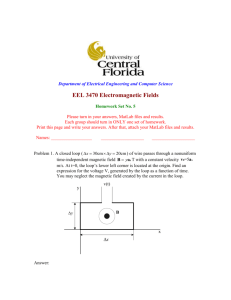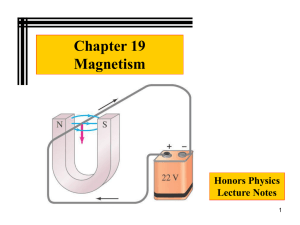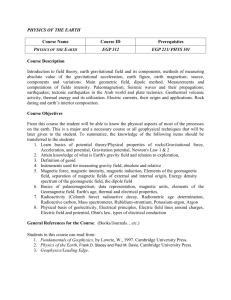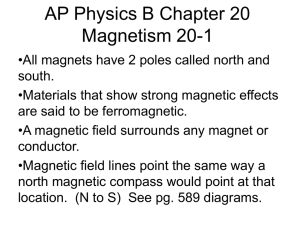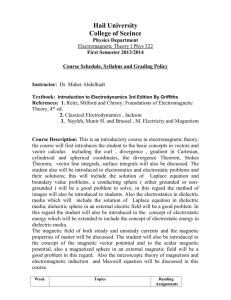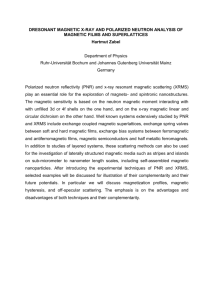Télécharger le sujet de thèse - Laboratoire de Physique des Solides
advertisement
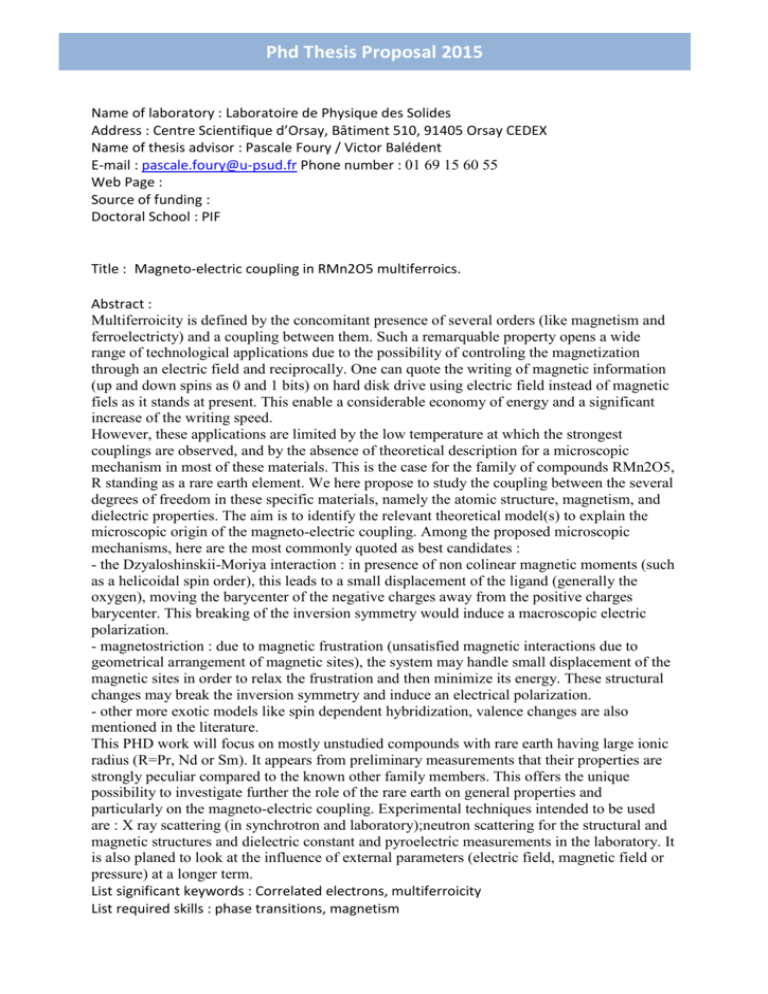
Phd Thesis Proposal 2015 Name of laboratory : Laboratoire de Physique des Solides Address : Centre Scientifique d’Orsay, Bâtiment 510, 91405 Orsay CEDEX Name of thesis advisor : Pascale Foury / Victor Balédent E-mail : pascale.foury@u-psud.fr Phone number : 01 69 15 60 55 Web Page : Source of funding : Doctoral School : PIF Title : Magneto-electric coupling in RMn2O5 multiferroics. Abstract : Multiferroicity is defined by the concomitant presence of several orders (like magnetism and ferroelectricty) and a coupling between them. Such a remarquable property opens a wide range of technological applications due to the possibility of controling the magnetization through an electric field and reciprocally. One can quote the writing of magnetic information (up and down spins as 0 and 1 bits) on hard disk drive using electric field instead of magnetic fiels as it stands at present. This enable a considerable economy of energy and a significant increase of the writing speed. However, these applications are limited by the low temperature at which the strongest couplings are observed, and by the absence of theoretical description for a microscopic mechanism in most of these materials. This is the case for the family of compounds RMn2O5, R standing as a rare earth element. We here propose to study the coupling between the several degrees of freedom in these specific materials, namely the atomic structure, magnetism, and dielectric properties. The aim is to identify the relevant theoretical model(s) to explain the microscopic origin of the magneto-electric coupling. Among the proposed microscopic mechanisms, here are the most commonly quoted as best candidates : - the Dzyaloshinskii-Moriya interaction : in presence of non colinear magnetic moments (such as a helicoidal spin order), this leads to a small displacement of the ligand (generally the oxygen), moving the barycenter of the negative charges away from the positive charges barycenter. This breaking of the inversion symmetry would induce a macroscopic electric polarization. - magnetostriction : due to magnetic frustration (unsatisfied magnetic interactions due to geometrical arrangement of magnetic sites), the system may handle small displacement of the magnetic sites in order to relax the frustration and then minimize its energy. These structural changes may break the inversion symmetry and induce an electrical polarization. - other more exotic models like spin dependent hybridization, valence changes are also mentioned in the literature. This PHD work will focus on mostly unstudied compounds with rare earth having large ionic radius (R=Pr, Nd or Sm). It appears from preliminary measurements that their properties are strongly peculiar compared to the known other family members. This offers the unique possibility to investigate further the role of the rare earth on general properties and particularly on the magneto-electric coupling. Experimental techniques intended to be used are : X ray scattering (in synchrotron and laboratory);neutron scattering for the structural and magnetic structures and dielectric constant and pyroelectric measurements in the laboratory. It is also planed to look at the influence of external parameters (electric field, magnetic field or pressure) at a longer term. List significant keywords : Correlated electrons, multiferroicity List required skills : phase transitions, magnetism



